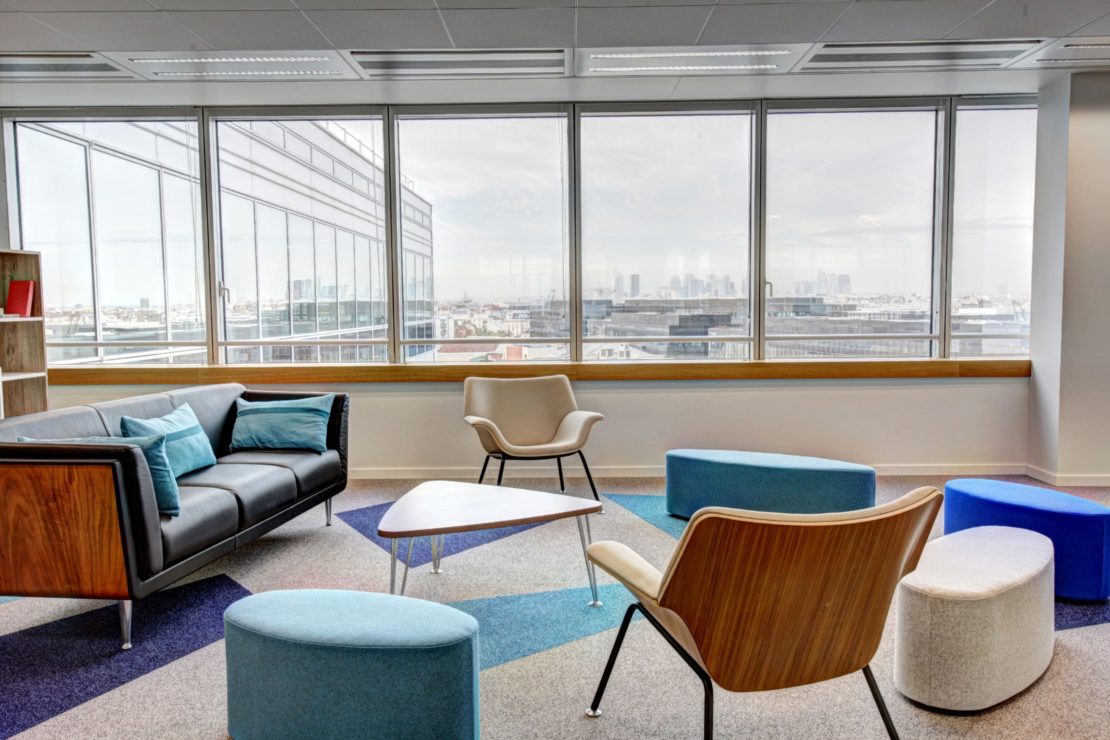Why no one is using that collaboration system
Collaboration is AV 's biggest buzzword. It’s been used to describe everything from wireless screen sharing to interactive flat panels to teleconferencing to cloud-based file sharing apps. But successful implementation isn't always about technology, sometimes it can have some very human flaws rendering huddle spaces ghost towns
Marketers LOVE to slap “collaboration” on their boxes and press releases. I even heard a story about a sales rep slapping his black box at a trade show and smiling as he bragged about “collaboration being packed into this baby!”
I telegraphed this blog post on Twitter, and I got quite a few responses about how much of the technology itself actually falls short of providing the right features for collaboration or how on the other end of the spectrum, some products like interactive flat panels are stuffed full of kitchen-sink capabilities that no one actually cares about.
Funnily enough, I believe that most of the reasons collaboration technologies fall flat once implemented have zero to do with the technology itself.
So why aren’t collaboration technologies being capitalized on to their full benefits? There are a few reasons.
The room isn’t designed to collaborate
Placing an interactive flat panel on the wall at the foot of a 20′ long conference table is the quickest way to waste money. A long narrow room with a central table acts as a barrier to accessing the screen. Having to maneuver around and behind seated participants to make your way to the front just isn’t conducive to sharing and working side-by-side. Hopefully the presenter has 32 fingers to take advantage of the multi-touch capabilities of the screen, because no one else is crowding shoulder-to-shoulder around a 60″ display in between the foot of that table and the wall.
If you want to maximize your investment in this type of hardware, it’s better to start by creating a living room-style room with open access to the display from any seat and eliminate any furniture or equipment credenzas below the display that cause shin-raking hazards.
The first step to encouraging collaboration is creating a space that allows for it.
The “meeting mindset” doesn’t support collaboration
The second barrier we have to collaboration is mindset. Our meetings are not typically conducive to it. The presenter/audience dynamic of most meetings means that no one in their right mind would stand up and co-present or start interacting with the presenter’s content on the fly.
Even if the space is designed to allow access, the mindset of the participants may not allow them to engage.
Meeting invitations need to set the stage for collaboration as the sole purpose. Giving participants roles and asking them to bring ideas on topics they would like to discuss can help by creating the proper mental framework needed for people to collaborate.
There is no trust
We’ve all been in a meeting where participants are asked to voice their thoughts or give feedback or ask questions and then the room goes dead silent. Then five minutes after that meeting, two people are discussing the meeting in the break room and sharing why the ideas will never work or trying to clarify what the meeting was about and what their action items are.
We often call this the “second meeting” and these meetings typically happen due to lack of trust.
Participants have all the permission and technology needed to collaborate, but they don’t trust that their ideas will be heard or that their opinions are valued. They don’t want to look silly or stupid in front of the other participants by admitting they disagree or don’t understand.They don’t want responsibility for any change in course as if their ideas fail, they won’t feel safe.
Without trust, there is little chance for collaboration.
Given all this, you could spend tens of thousands of dollars on technology that claims to increase productivity and facilitate collaboration, only to find that your space, mindset and culture are all working against you.
Create a workplace that is accessible, a mindset that encourages contributing and a culture of trust that allows for freedom to fail, and then, maybe, the collaboration system you just bought may actually be worth the investment.
This article was written by rAVe Pubs Blogger, Mark Coxon. The rAVe Agency are an official partner of Integrate. You can read this article and more like it on the rAVe website here.
-
Stay up to date with the latest news, industry insights and Integrate updates.
- Subscribe

